
1885
a KARLSBADER IN vienna
In 1885 Ludwig Reiter I, together with his wife Anna (both originally from Bohemian Karlsbad) established their first Ludwig Reiter shoemakers workshop “auf der Wieden” in the 4th district of Vienna. By 1887 they were already supplying the K.u.K. security guards with custom-made boots and welted shoes for the Officers. This resulted in Ludwig Reiter receiving high recognition for their exceptional quality of workmanship. At that time the K.u.K. Army received shoes for their “dress” uniform, as well as Riding boots.
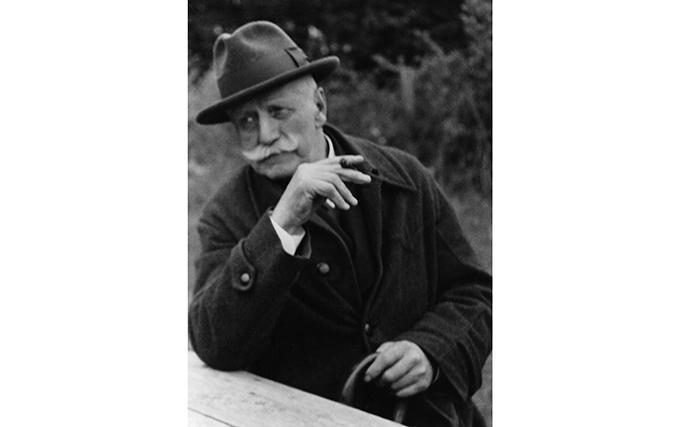 Ludwig Reiter I.
Ludwig Reiter I.
1902-1908
the whole wide world
Ludwig Reiter II, son of the founder, initially learned the shoe-making craftsmanship by his father. In his early days he chose to travel, and worked in Germany, England and America. Between 1902 and 1908 he worked for various shoe factories in the USA, one of them being in Boston. Here he learned the method of the then new Goodyear technique for welted shoes, and was instantly impressed.
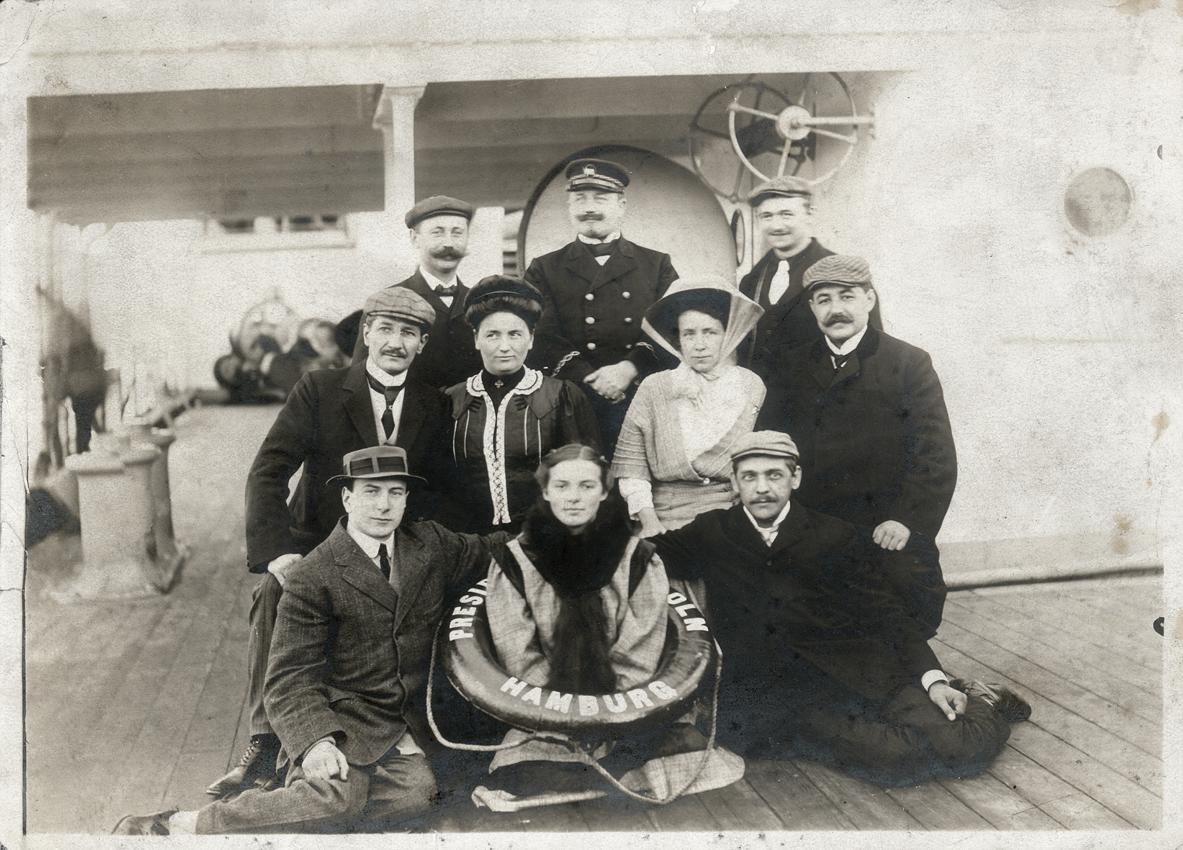 Ludwig Reiter II. (bottom left) on the ship to America.
Ludwig Reiter II. (bottom left) on the ship to America.
1909
IT's a good year
Returning to Vienna in 1909, Ludwig Reiter II used the knowledge he accumulated overseas to gradually transform his father’s workshop into a small shoe manufacturing plant, implementing the mechanised Goodyear-method. In the same year the company relocated to Kolschitzkygasse.
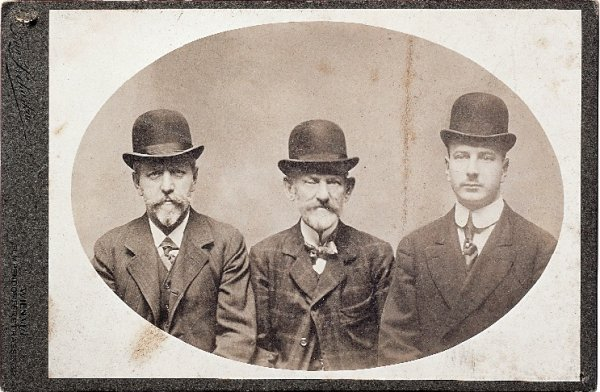 The company founder Ludwig Reiter I. with his father (middle) and his son, Ludwig Reiter II (from left to right).
The company founder Ludwig Reiter I. with his father (middle) and his son, Ludwig Reiter II (from left to right).
1919
FIRST STORE ON THE WIEDEN
In 1919 the first premise of Ludwig Reiter opened its doors, located on the Wiedner Hauptstraße in Vienna. It was named “Piccadilly” after one of the shoe brands of Ludwig Reiter at that time. At that time the workshop had a workforce of 70 employees.
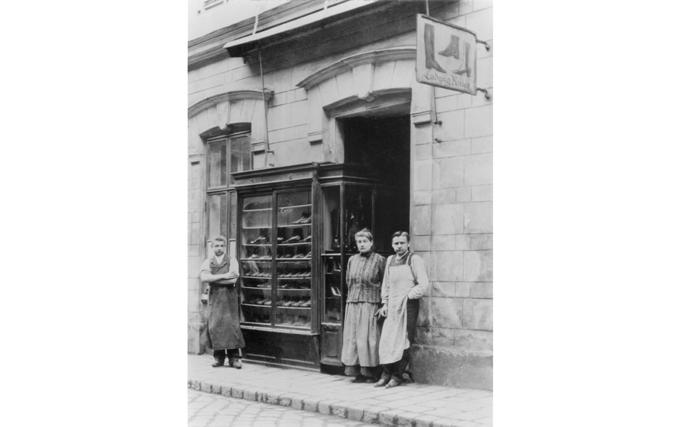 Anna Reiter (middle) wife of the company founder in front of the store on Wiedener Hauptstrasse.
Anna Reiter (middle) wife of the company founder in front of the store on Wiedener Hauptstrasse.
1920-1930
THE FINEST SHOES FROM VIENNA
Throughout the 1920’s and 1930’s Ludwig Reiter emerged as one of the leading shoe producers in Vienna, and added substantially to their international reputation of the art of shoemaking. Various shoe models developed at that time have been adapted later on and are still being produced today.
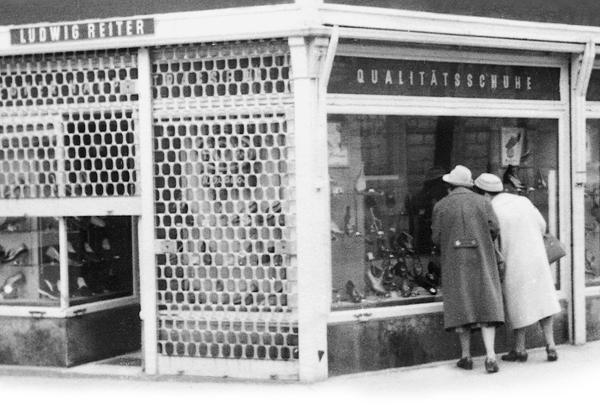 Already back then, customers praised the high quality of Ludwig reiter shoes.
Already back then, customers praised the high quality of Ludwig reiter shoes.
1934
DIE brand 'FOX'
In 1934, the company, which had meanwhile grown into a shoe factory, began to produce welted shoes for ladies and gentlemen under the brand name “Fox”.
 Sign of the brand 'Fox'in the shoe store „Piccadilly“, on Wiedner Hauptstraße.
Sign of the brand 'Fox'in the shoe store „Piccadilly“, on Wiedner Hauptstraße.
1937
WIENER NEUSTADT
In 1937 the business premises were set up in Wiener Neustadt, and Ludwig Reiter became one of the largest shoe manufacturers in the country. Two years later the production ceased due to the NS regime utilising the premises for necessities of war.
1940
WWII
1940 the company relocated to Schumanngasse, 17th district in Vienna.
During the Second World War the shoe manufactory produced welted shoes for the public as well as shoes and boots for Police and Army.
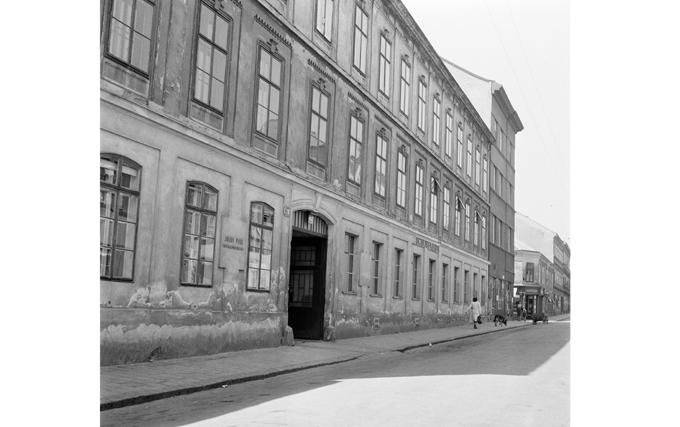 The new factory in Schuhmanngasse in the 17. Vienna District.
The new factory in Schuhmanngasse in the 17. Vienna District.
1945
a new beginning with 'FOX MEDANA'
Towards the end of the war, raw material and stock was looted, however the machines remained intact and the production was able to resume. Ludwig Reiter II decided to increase the focus on high quality welted shoes and established the brand “Fox Medana”: elegant, breathable, made of the best leather, medically and anatomically correct.
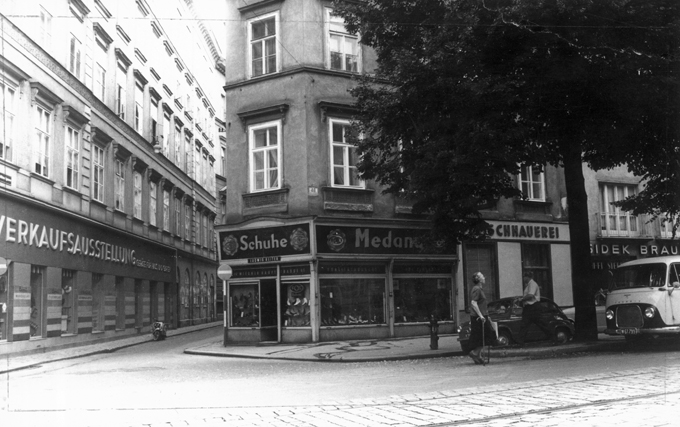 The'Fox Medana' shoe store on Wiedner Hauptstraße, Vienna.
The'Fox Medana' shoe store on Wiedner Hauptstraße, Vienna.
1960
LUDWIG III
In 1960 Ludwig Reiter III, who is a qualified leather technician, took over and expanded his fathers company. Under his control the company emerged to one of the most prestigious shoe producers in Austria.
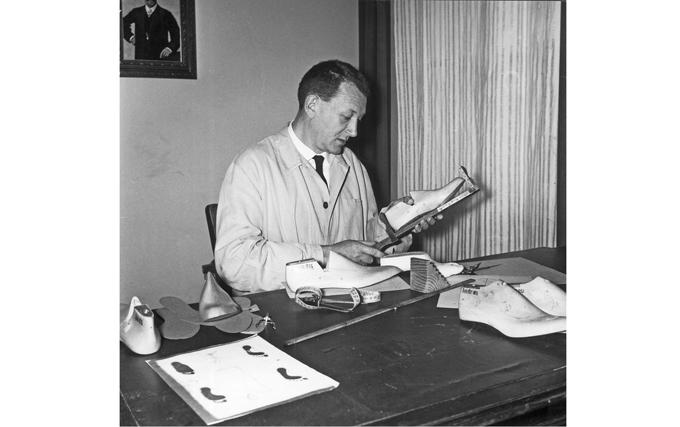 Ludwig Reiter III. developing a new last.
Ludwig Reiter III. developing a new last.
1960-1970
the flourishing shoebusiness
In the 1960’s more and more Stores were opened in Vienna. The trademark “Fox Medana” was a huge success. By 1966, Ludwig Reiter employed about 200 employees. Ludwig Reiter III played a key role in the development of the latter.
In the late 1960’s and 1970’s, during the stormy upheavals of the European shoe branches, research continued into the labour intensive procedure of making welted shoes, which proved to be an invaluable advantage.
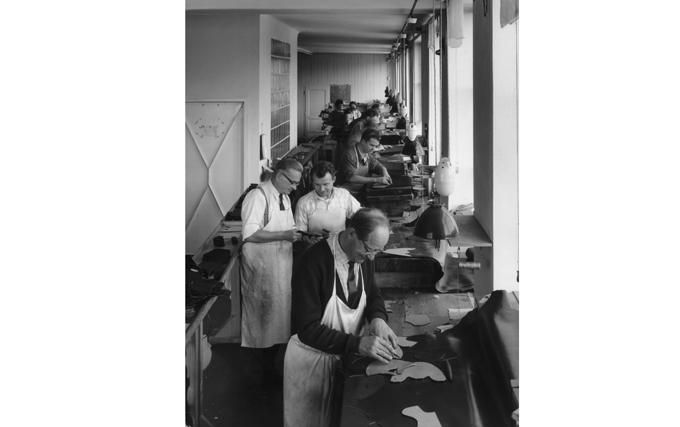 Clickers in the manufactory in Schumanngasse, Vienna.
Clickers in the manufactory in Schumanngasse, Vienna.
1985
the fourth generation
One hundred years after the company was founded, Ludwig Reiter became the only surviving shoe manufacturer in Vienna after the crisis of the European shoe industry. In that year Till Reiter, son of Ludwig Reiter III and Great-Grandson of the founder, took over the management of the company – in the 4th generation.
Later on his brothers Ludwig-Uz (on the Executive Board) and Lukas (Designer of the Ludwig Reiter stores) joined him.
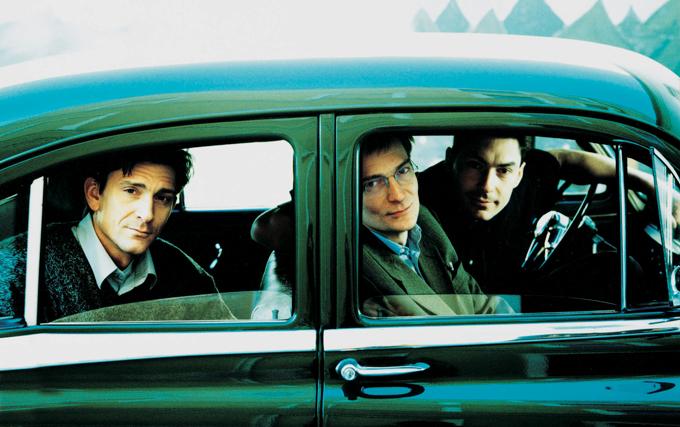
The fourth generation: Lukas, Till und Ludwig-Uz Reiter (left to right).
1985
contemporary styles for a young clientele
In the 1980’s “Fox Medana” had a difficult time with its image, as being a more conservative health shoe producer, which was no longer “fashionable”. The demand for such shoes dramatically decreased. The range of products had to be changed, but the (in Austria) almost forgotten welted shoe was to remain.
Classical Viennese styles such as the Budapester, Derby or Norweger were revitalised by the young management board, in order to produce shoes for a younger but nevertheless very quality conscious clientele.
Ludwig Reiter, up until then, solely concentrated on welted shoes, decided to expand the range of shoes, in order to improve their market position.
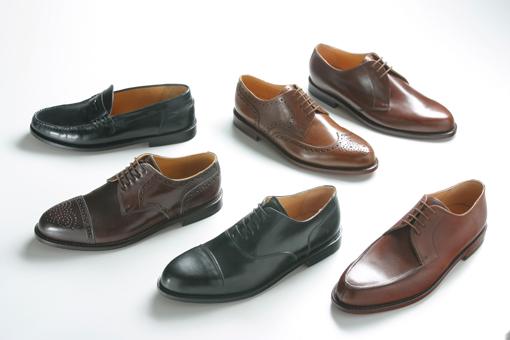
Classic shoe styles that were adapted to the zeitgeist and taste of a young clientele.
1992
C. KITZMANTEL
In 1992 Ludwig Reiter acquired the shoe factory C. Kitzmantel in Vorchdorf (Upper Austria), and with the factory the manufacturing techniques and their know-how as well as different shoe types such as the Maronibrater and Trainer.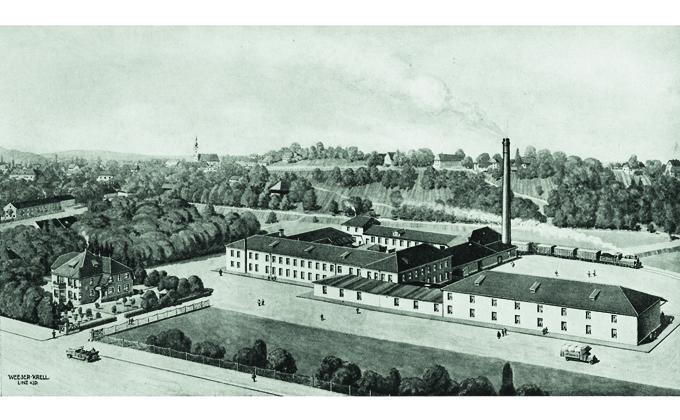 C. Kitzmantel Shoefactory, Vorchdorf (Upper Austria).
C. Kitzmantel Shoefactory, Vorchdorf (Upper Austria).
1995
The RETRO-SNEAKER-trend
The modern, innovative and very popular Trainer created a new retro-sport shoe craze in 1995, particularly in countries such as Italy, England and Japan. The designs Bowling and Rugby combined the welted, informal shoe with old traditional craftsmanship and modern style.
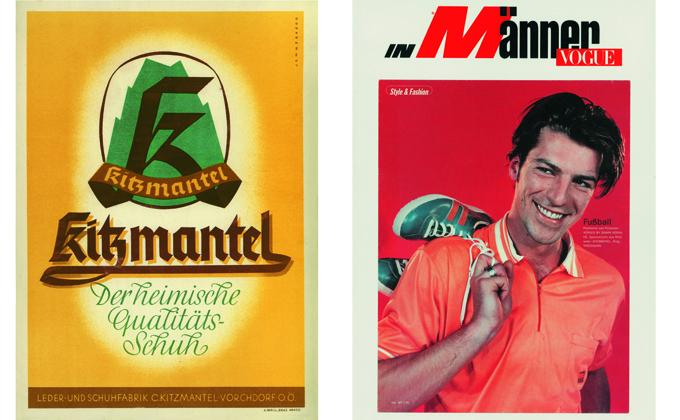
C. Kitzmantel Factory logo; Cover of German Men's Vogue with the shoemodell 'Trainer'.
1995-1998
steady expansion
In the same year the historical Drei-Mäderl-Haus in the city centre of Vienna became Ludwig Reiter’s flagship. From 1996 onwards numerous stores were opened in Austria and Germany, as well as in Switzerland (Zurich) and England (London).
In 1998 due to the restricted and limited space the company relocated from the 17th district of Vienna to the southern border of the city, namely Wiener Neudorf.
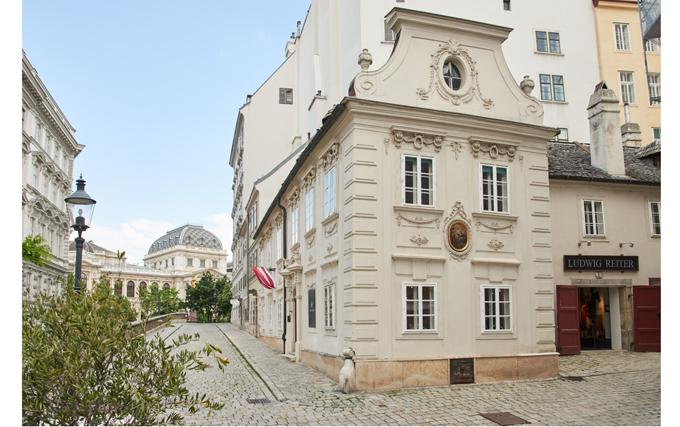
Drei-Mäderl-Haus in Vienna's 1. District.
2000
reviving SCHULZ
2000 Ludwig Reiter took over the world-renowned leather goods shop of Franz Schulz in Vienna and expanded it’s range of high quality products to hand made briefcases, suitcases, ladies handbags, and various leather accessories.
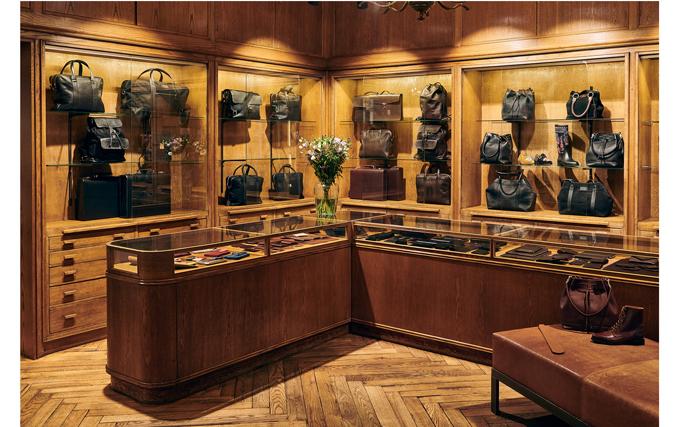
Ludwig Reiter 'Schulz' store with original interiors of the leather goods store, in Vienna's 1.st District.
2008
SÜßenbrunn Manor
2008 Ludwig Reiter acquired the Süßenbrunn Manor situated north-east of the city centre. 2011 the entire business (production as well as offices) moved to Süßenbrunn. On a commercial scale Ludwig Reiter is the sole producer of classical, welted shoes in Austria.
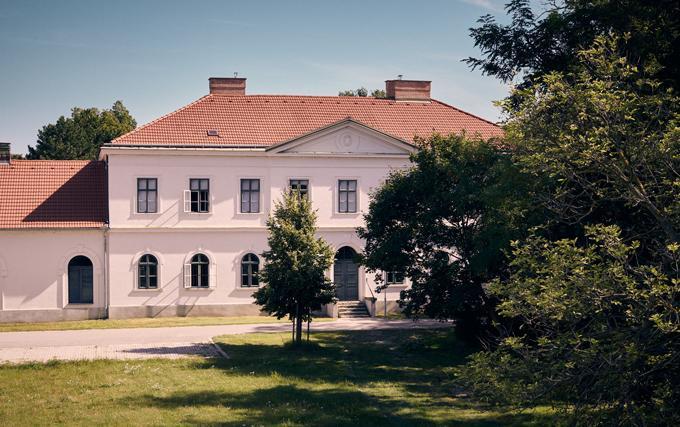
Süßenbrunn Manor, headquarter of the Ludwig Reiter Schuhmanufaktur in Vienna's 22. District.
THE SHOE MUST GO ON
Ludwig Reiter currently operates 13 own stores in Austria, Germany and Switzerland. Approximately 200 world class, specialised shops and boutiques in Austria, Germany, Switzerland, Italy, Netherlands, Spain, Great Britain, Japan and the USA are selling various Ludwig Reiter products.
Ludwig Reiter is known locally as well as internationally for it’s welted shoes and for the high quality sports and ladies shoes as well as leather accessories. Around 60 employees produce about 30 000 pairs of shoes annually.
Ludwig Reiter has become an international fashion-pioneer with styles like the Trainer, the Husaren Boot and the Maronibrater. Collaborations with designers such as Helmut Lang, Peter Pilotto and Werner Baldessarini, as well as the Viennese Burgtheater and movies such as Quentin Tarantino's 'Inglorious Basterds' and other renowned productions were established, whose theatre and movie productions are often fitted with Ludwig Reiter shoes.
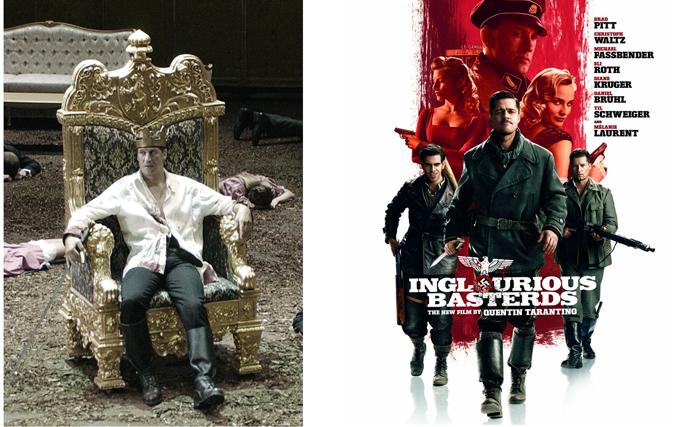
Tobias Moretti In 'König Ottokars Glück und Ende' at the Vienna Burgtheater, Brad Pitt and fellow actors in 'Inglorious Basterds'.
Both wearing the Husaren Boot.
2022
THE fifth generation
The fifth generation of the Ludwig Reiter family is now also working in the company and consists of the sisters Magdalena Reiter and Anna Reiter-Smith as well as their cousin Joseph Potyka-Zeiler. All of them have gained relevant professional experience in Austria and abroad before joining the company, and thus bring new ideas and fresh know-how to the family business.